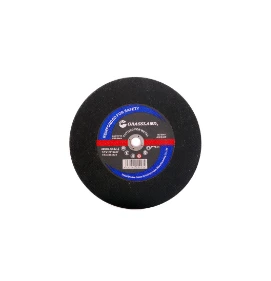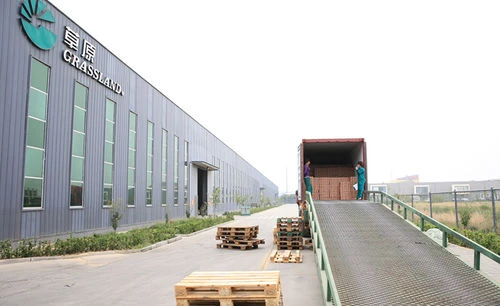

Furthermore, understanding the bonding material is indispensable for selecting the right grinding wheel for any job. Vitrified bonds, made from glass-based materials, are renowned for their ability to provide a porous, heat-resistant structure ideal for precision applications where debris removal is necessary. These bonds are typically employed in toolroom grinding and surface grinding. On the other hand, resin bonds are derived from synthetic resins that accommodate shock resilience and elasticity, making them well-suited for applications requiring greater flexibility, such as cut-off wheels. Finally, user expertise and experience with specific wheel types play vital roles in selecting the right equipment. Professionals with years of hands-on experience will intuitively know the subtleties of loading, dressing, and truing grinding wheels to maximize efficiency and efficacy. This expertise ensures that the wheels are operating at their best, providing consistent results while also extending the life of the wheel and the material it interacts with. In conclusion, the selection of grinding wheels is not a simple task but requires an understanding of different types and properties, along with expert analysis and experience. By knowing the precise application, material specifics, and operational dynamics, one can make informed decisions that lead to enhanced performance and productivity in the fabrication and metalworking industries. Make sure to follow safety protocols and manufacturer guidelines to ensure a safe and effective operational environment.
Post time:Jan - 10 - 2025

















